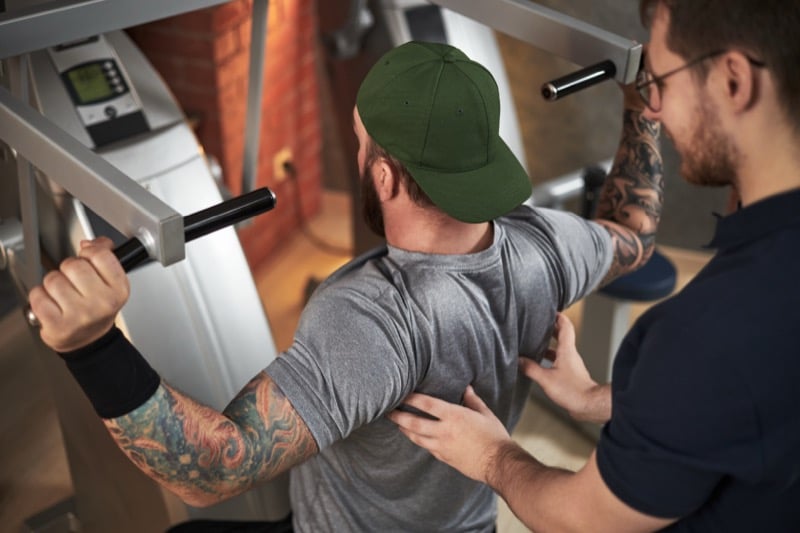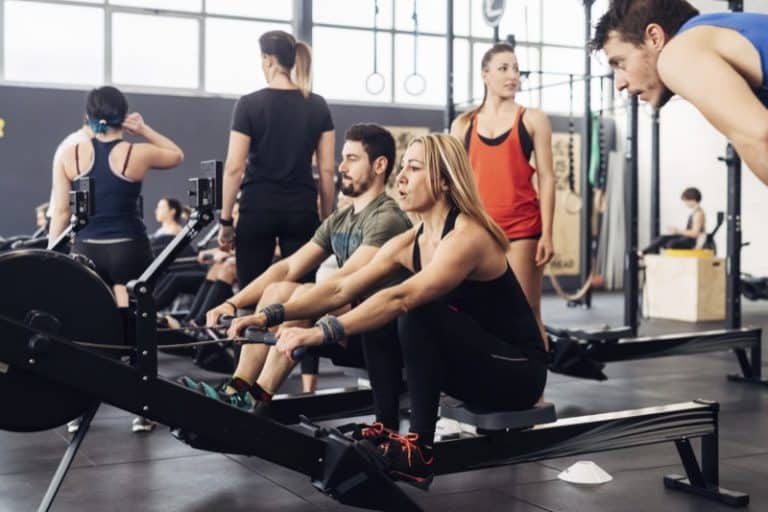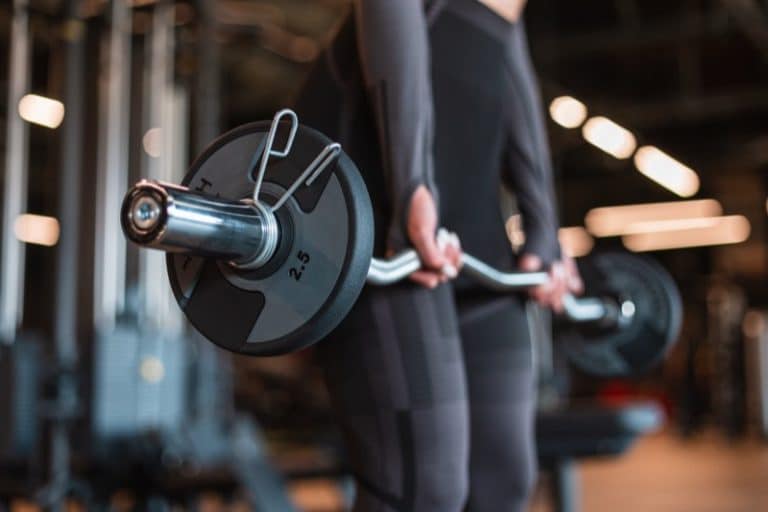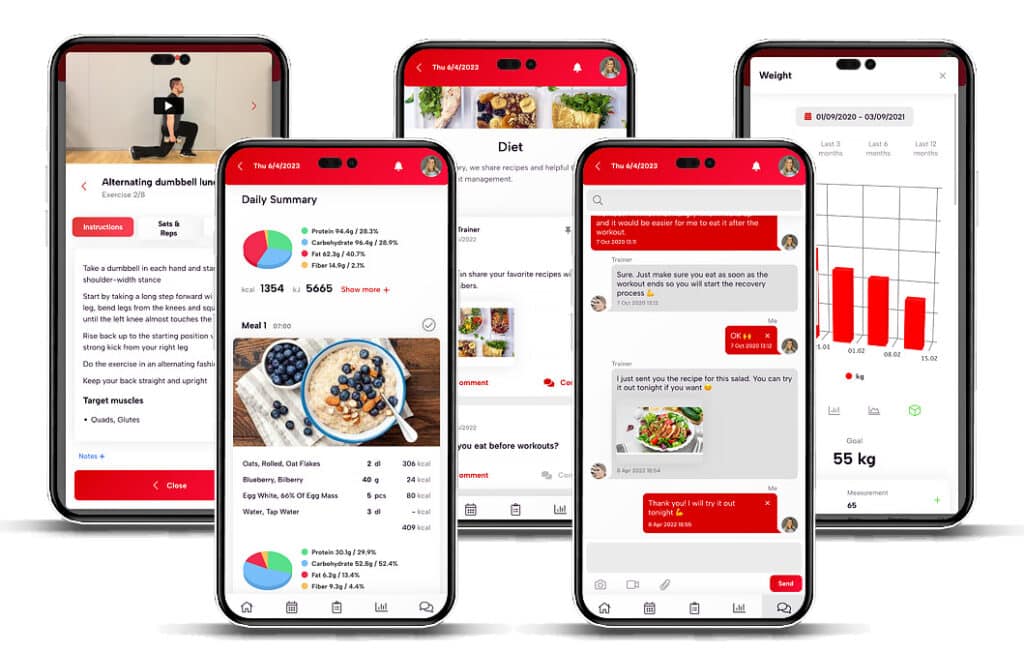RPE Scale Explained – Understanding Rate of Perceived Exertion and Workout Intensity
The Rate of Perceived Exertion (RPE) scale is a crucial tool for athletes, trainers, and fitness enthusiasts to gauge workout intensity. Designed to help individuals monitor their physical activity without relying solely on heart rate monitors or technological aids, the RPE scale provides a subjective measure of exertion. Understanding and utilizing this scale can enhance training effectiveness, optimize performance, and prevent overtraining. Let’s delve into the origins, significance, and application of this essential fitness tool. Read also our article about RPE protocol and what to consider when training women.
Introduction to the RPE Scale
The RPE scale is a subjective assessment tool that allows individuals to rate their level of exertion during a workout on a scale from 1 to 10. By evaluating various factors, the RPE scale helps in measuring exercise intensity. These factors include:
- Breathing rate
- Heart rate
- Overall fatigue
This perceived exertion scale is versatile, applicable to various forms of physical activity, including resistance training, cardio, and powerlifting. The RPE scale’s simplicity and effectiveness make it a popular choice for those looking to optimize their training sessions.

Unlock your fitness potential with Trainero! Get a 14-day free trial and access personalized workout plans, expert coaching, and progress tracking—all in one app. No commitments, just results. Start your free trial today and take your fitness journey to the next level!
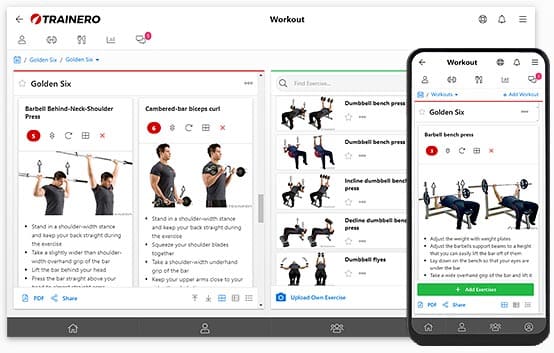
What is the Rate of Perceived Exertion?
The Rate of Perceived Exertion (RPE) is a subjective measure that athletes use to assess how hard they feel they are working during exercise. Unlike heart rate monitors that provide an actual heart rate, the RPE scale relies on an individual’s personal perception of effort, breathing, and fatigue. The scale ranges from RPE 1, indicating very light activity, to RPE 10, which denotes maximum effort. This tool is invaluable for:
- Adjusting workout intensity
- Ensuring training loads are appropriate for the individual’s goals and fitness level
History of the Borg Scale
The Borg Scale, the precursor to the modern RPE scale, was developed by Swedish researcher Gunnar Borg. Initially, the Borg RPE Scale ranged from 6 to 20, correlating with expected heart rates. Over time, the simplified 1 to 10 scale emerged, making it more accessible and easier to use. The Borg Rating of Perceived Exertion has been instrumental in exercise science, offering an intuitive way to gauge exercise intensity without the need for technical equipment, thus allowing more people to use RPE in their training.
Importance of the RPE Scale in Training
The RPE scale plays a vital role in training by providing an intensity-based framework for athletes to adjust their workouts. Using the RPE scale allows for more personalized training sessions, as it takes into account individual differences in fitness levels, fatigue, and daily readiness. Here are some specific benefits of using the RPE scale:
- It is especially useful in resistance training and powerlifting, where understanding the level of exertion can help prevent injury and overtraining.
- Tracking RPE values helps in assessing progress over time, making it an essential tool for anyone serious about their fitness journey.
How to Use RPE in Your Training
Understanding the Basics of RPE
To effectively use the RPE scale in your training, it’s essential to first understand its fundamentals. The RPE, or Rate of Perceived Exertion, is a subjective measure of exercise intensity on a scale from 1 to 10. RPE 1 signifies minimal effort, while RPE 10 denotes maximum effort. Unlike monitoring actual heart rate, this scale relies on personal perception of effort, breathing rate, and fatigue. Understanding these basics helps athletes gauge their level of exertion during workouts, whether in resistance training, cardio, or powerlifting, ensuring a personalized training experience.
Applying the RPE Scale to Your Workout Routine
Applying the RPE scale to your workout routine involves using it to measure and adjust exercise intensity. Begin by selecting a target RPE for each part of your training session, whether it’s an RPE 6 for warm-ups or an RPE 9 for peak performance. Use the RPE scale to monitor your exertion throughout, paying attention to your breathing rate and overall fatigue. Adjust your reps in reserve (RIR) and training load based on your RPE scores to optimize performance and prevent overtraining. This approach, pioneered by the Borg scale, enhances the effectiveness of your workouts.
Tracking RPE for Effective Training
Tracking RPE is crucial for effective training and long-term progress. By consistently noting RPE values during each workout, athletes can assess improvements in their fitness level and adapt their routines accordingly. This method allows trainers to evaluate if the exertion level correlates with the desired intensity, adjusting training loads or rest periods as needed. Over time, tracking RPE helps identify patterns, such as when RPE 8 consistently feels like maximum effort, prompting adjustments in the exercise regimen. This practice, rooted in the Borg rating of perceived exertion, supports athletes in achieving their fitness goals efficiently.
Comparing RPE with Other Intensity Measures
RPE vs. Heart Rate Monitoring
When comparing the Rate of Perceived Exertion (RPE) scale to heart rate monitoring, both methods serve as valuable tools for gauging exercise intensity. While heart rate monitoring provides an objective measure, reflecting actual heart rate, RPE is subjective, relying on personal perception of effort. The RPE scale, developed by Swedish researcher Gunnar Borg, enables athletes to assess their exertion levels without technological aids. This makes it particularly useful in situations where heart rate monitors might not be practical, such as during certain types of resistance training or powerlifting.
RPE and RIR: What You Need to Know
Understanding the relationship between RPE and Reps in Reserve (RIR) is crucial for optimizing workouts. The RPE scale helps athletes determine their exertion levels, while RIR indicates how many more repetitions they could perform before reaching maximum effort. This combination allows for precise adjustments in training intensity, ensuring that the exercise load is neither too light nor too heavy. By using RPE and RIR together, individuals can fine-tune their training sessions, achieving better results and minimizing the risk of overtraining.
Benefits of Using the Borg RPE Scale
The Borg RPE Scale offers numerous benefits for athletes and fitness enthusiasts. Its simplicity and accessibility allow individuals to quickly assess their workout intensity without needing specialized equipment. This subjective measure of exertion, ranging from 1 to 10, enables athletes to tailor their training load according to their perceived effort, breathing rate, and fatigue levels. By using the Borg RPE Scale, individuals can enhance exercise effectiveness, track progress, and adjust their routines to align with personal fitness goals, making it an indispensable tool in any training regimen.
Practical Applications of the RPE Scale
Using RPE to Guide Your Lifts
Incorporating the RPE scale into lifting routines can significantly enhance training effectiveness. By using RPE to guide the intensity of each lift, athletes can ensure that they are working at an appropriate level of exertion. For example, aiming for an RPE 7 or RPE 8 during heavy lifts allows for challenging yet manageable effort, while maintaining some reps in reserve to prevent fatigue. This approach helps in maintaining a balance between pushing limits and avoiding overexertion, ultimately leading to improved strength and performance over time.
Modifying Workout Intensity with RPE
Modifying workout intensity using the RPE scale provides a flexible and adaptive approach to training. By assessing perceived exertion during a session, athletes can adjust their efforts in real-time. For instance, if a particular exercise feels like an RPE 9 instead of the intended RPE 6, it may be necessary to reduce the load or reps to align with training goals. This adaptability ensures that workouts remain safe and effective, accommodating fluctuations in daily readiness and overall fitness levels, which can be influenced by factors such as fatigue or stress.
Case Studies: RPE in Real Training Scenarios
Case studies demonstrate the practical application of the RPE scale in real training scenarios. For example, in a powerlifting context, athletes often use RPE to determine the appropriate weights for their lifts, ensuring they are challenged without reaching an RPE 10 too frequently. Similarly, endurance athletes utilize the RPE scale to pace themselves during long-distance events, aiming for a sustainable RPE 6 or RPE 7. These examples illustrate how integrating RPE into training plans can lead to more personalized and effective workout strategies, ultimately enhancing performance and reducing the risk of injury.

